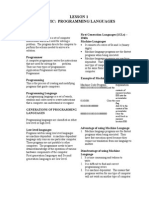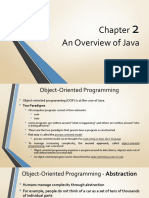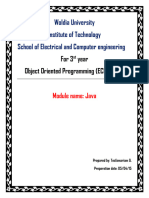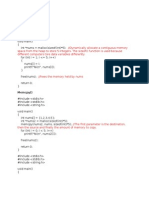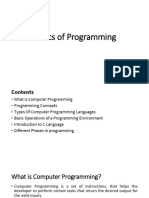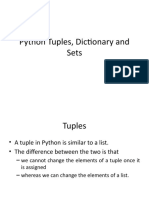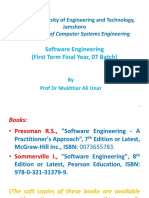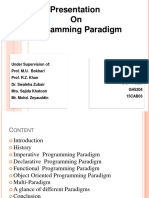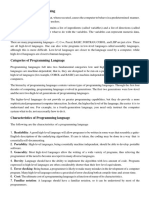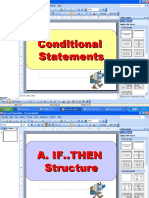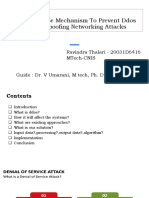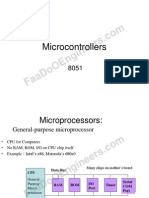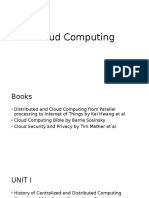0% found this document useful (0 votes)
1K views11 pagesEvolution of Programming Languages
The document outlines a quarterly plan that includes topics such as the evolution of programming languages, the Visual Basic 6.0 environment, starting a project, working with forms, and variables and functions. Specifically, it will cover first through fourth generation languages, different programming paradigms like imperative, functional, logic and object-oriented programming, and concepts in the Visual Basic environment.
Uploaded by
ephraim_qCopyright
© Attribution Non-Commercial (BY-NC)
We take content rights seriously. If you suspect this is your content, claim it here.
Available Formats
Download as PPT, PDF, TXT or read online on Scribd
0% found this document useful (0 votes)
1K views11 pagesEvolution of Programming Languages
The document outlines a quarterly plan that includes topics such as the evolution of programming languages, the Visual Basic 6.0 environment, starting a project, working with forms, and variables and functions. Specifically, it will cover first through fourth generation languages, different programming paradigms like imperative, functional, logic and object-oriented programming, and concepts in the Visual Basic environment.
Uploaded by
ephraim_qCopyright
© Attribution Non-Commercial (BY-NC)
We take content rights seriously. If you suspect this is your content, claim it here.
Available Formats
Download as PPT, PDF, TXT or read online on Scribd
/ 11
